Squarespace Website Template Strategies & Insider Tips
What's inside this post: Hide
Squarespace Templates: Designing Websites That Actually Work
You know how starting a house project sounds fun at first—until you’re knee-deep in paint samples and budget regret?
Building a website can feel the same way, but it doesn’t have to! Thanks to templates—specifically Squarespace templates—you can skip that “what-the-hell-was-I-thinking?” phase and get straight to having something that looks profesh.
In the very first episode of the Squarely Speaking Podcast, hosted by Diane Whiddon and Katelyn Dekle, we talked about how to make website templates work for you. Our conversation covered everything from what makes a template good (or totally useless), how to simplify the customization process, and why templates are an actual lifesaver for service-based businesses, and even content creators.
Whether you’re just thinking about DIY-ing your website, or wondering if a template customization service is worth the investment—let’s unpack everything you need to know!
Why Squarespace Templates Are a Game-Changer
Okay, let’s talk basics. A Squarespace template gives you a predesigned framework for your website, practically gift-wrapped and ready to roll. No one’s saying don’t hire a web designer or developer for a totally custom site, but templates are fast, they’re solid, and they can deliver A+ designs for a fraction of the cost.
Why Templates Work
They save time: No messing around with fonts, colors, or layouts from scratch. The framework’s already there.
They save money: A maxed-out credit card to get a custom site isn’t on anyone’s #goals list.
They grow with you: Good templates aren't just pretty— they’re built to grow with the business.
Templates work particularly well for smaller businesses, solo entrepreneurs, and service providers who don’t need all the bells and whistles right away. And since Squarespace itself has a pretty intuitive drag-and-drop system (hello, Fluid Engine!), even if you’re allergic to tech, you’ll survive this platform with ease.
What Makes A Good Template?
Spoiler alert: Not all templates are created equal. Some look good, but can be confusing to customize if the features & design is too complex. According to Diane and Katelyn, a good template must balance beauty and function. It doesn’t matter how gorgeous it is if it’s a nightmare to customize.
Key Pages Every Squarespace Template Needs
Before slapping any ol' template on your site, think about the must-have pages it should include:
Homepage: This is your digital first impression. It needs to sell what you do in ten seconds flat. (We’ll break down homepage design psychology in a sec!)
About Page: People need to know who you are and why they should care about your thing.
Services or Product Page: Show off what you’re offering and get specific—pricing, features, options.
Contact Page: Don’t leave visitors guessing how to get in touch with you.
Bonus Pages That Set You Apart
Here’s where most templates don’t pass the test: they stop at basic. But smart templates? They deliver extra features you don’t even know you need yet:
Blog Pages: Yes, blogging matters for SEO. Even if you're not a “writer," you need this space.
Opt-In Pages: Whether you're building an email list for your newsletter or offering a freebie, a sleek landing page to share with visitors can go a long way!
404 Error Page: Don’t leave visitors hanging if they end up on a broken link. Add personality (and maybe some helpful links to point people in the right direction).
Portfolio Pages: Show off your work, &/or social proof, with tailored portfolios, especially for creators, designers, or photographers.
Client Boundaries: How Website Customizations Can Go Sideways
Here’s the sketchy part about offering a “semi-custom” service where you take a template and tweak it for a specific client—it can spiral into creating a whole custom website faster than you can say “scope creep.” 😏
But it doesn’t have to. Here’s the formula to avoid tears, late nights, and accidentally doing a lot of the work for free:
Be crystal-clear about what’s included: Fonts, colors, text, and images—full stop. NOTHING ELSE! (Unless upsells are on the table).
Limit client flex time: This isn’t an entire branding process or design immersion. Let that be known upfront.
Streamline the onboarding: A client questionnaire with targeted and minimal questions will help get what you need, without wasting anyone’s time & effort.
Diane shared an important tip to avoid sinking hours into a single customization project: treat the entire process like a product someone “buys” with set deliverables. The clearer you are with clients, the better this works.
Custom Template Case Studies
Templates demos are cool to look at and experience, but examples of live websites USING those templates is even better. Here’s a couple really cool success stories from Diane’s Sage template (available on SquareKicker’s Template Store).
(Skip to minute 49:00 of the podcast video to see the examples!)
Example 1: A Coaching Business That Looks (and Feels) Luxe
The Sage template was designed with coaches and influencers in mind. One client took this basic structure and completely transformed it into a professional coaching hub. The secret sauce? Strategic photography, clean branding, and bold but simple call-to-action buttons strategically sprinkled throughout.
What the Buyer Changed: Just fonts, color palette tweaks, and customized content—literally. That’s it.
Example 2: A Service Business That’s All About Trust
This service provider used the Sage template to create a polished, approachable site for her audience. It highlights her process, includes killer testimonials, and wraps things up with easy navigation and an opt-in box for lead generation.
The Vibe: Same structure, same ease of use—but you'd never say “template” if you saw it live. Clients are floored by how custom it feels.
The Psychology of Homepage Design
A homepage is like meeting someone at a party. It shouldn't start with “Here’s my life story.” Instead, you deliver value—straight talk about why you’re here and how you help.
The Key Elements of a Strong Homepage
Big attention-grabbing benefit statement: This is not “Welcome to My Website.” Instead, say what you do (and why it matters). Example: “Make your brand unforgettable.”
Immediate high-risk CTA: Ready to work with me? Book Now.
Mid-level CTA options: Check out services, read my story, explore my portfolio.
Social Proof: People trust people. Make reviews or testimonials part of the homepage.
Low-risk engagement: Not ready to work with me just yet? Join my newsletter or follow me on Instagram.
The right homepage doesn’t just look shiny—it works. Each section should answer: Can they trust you? Do they want more? What happens next?
Are Template Customizations Worth It?
Here’s why semi-custom Squarespace templates are winning right now:
It’s fast. You get a full-blown professional website without six or more weeks of back-and-forth.
It’s affordable but doesn’t feel cheap or generic.
You still have control while leaving the nitty-gritty design work to someone else.
And for designers? This offers another service where you stick to your boundaries and save hours. Everyone wins.
Thinking of launching your first website (or refreshing the one you outgrew)? Looking at templates is the perfect place to start—and we’re saying that from solid experience. Grab a template, change the basics, and you’ll still have a site that looks totally you.
Let us know what you think of the podcast or the insights shared in this post. Got questions about templates, designs, or just ready to share your horror stories about custom websites? We’re all ears—leave a comment below!







